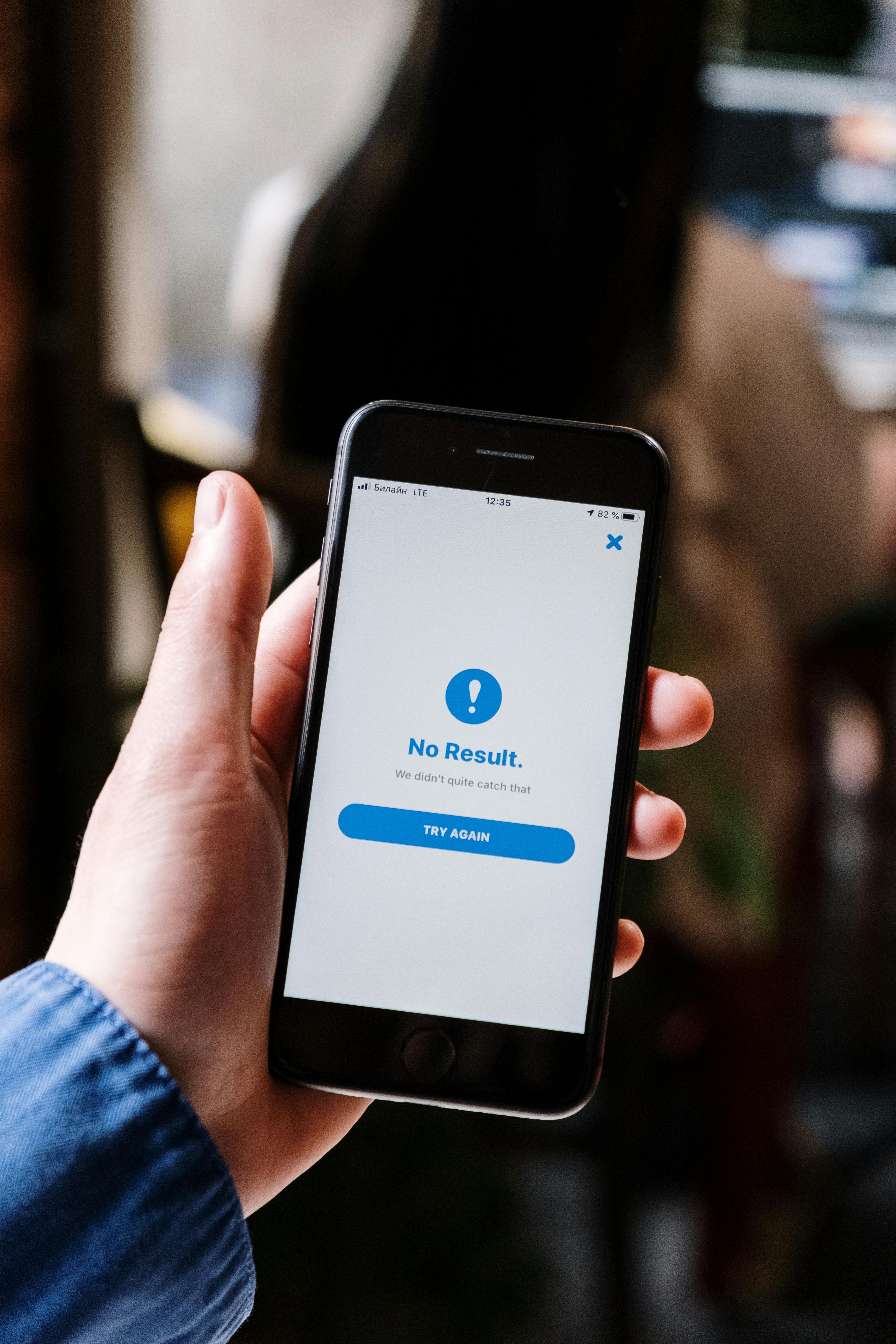
Effective Ways to Write an Apology Letter in 2025
An apology letter serves as a formal way to express regret and mend relationships. Whether written for personal or professional reasons, knowing how to write an effective apology letter is crucial to achieving genuine reconciliation. In 2025, the importance of sincere apologies remains unchanged, as human emotions and connections are timeless. This article explores the elements of a heartfelt apology letter, various formats, and techniques for conveying your message effectively. Understanding how to structure an apology letter can significantly affect its impact. By acknowledging mistakes, accepting responsibility, and offering reparations, you can restore trust and improve communication. Emphasizing the emotional significance of your words will foster understanding. This article will provide you with key components, best practices, and examples of effective apology letters, ultimately guiding you to write an apology with sincerity and care. In this guide, we'll cover: 1. The importance of an apology letter 2. Key components of an effective apology letter 3. Different types of apology letters 4. Tips for writing a sincere apology 5. Sample apology letters for various situations 6. Common mistakes to avoid in apology letters 7. The emotional impact of a heartfelt apology Let's delve deeper into these crucial aspects to enhance your apologizing skills!The Importance of an Apology Letter
Writing an apology letter can be a powerful tool in restoring relationships. Apologies play a significant role in communication, reinforcing trust and understanding between individuals. When crafted well, an apology letter not only acknowledges the misstep but also acknowledges the emotions of the offended party. This leads to healing and opens the door to forgiveness. Expressing regret through writing allows the sender to articulate feelings that may be difficult to convey verbally. A well-structured letter can provide context to your actions, showing that you understand the hurt caused and are genuinely sorry. Additionally, acknowledging your mistakes and accepting responsibility enhances your credibility as a communicator. All these factors contribute to the emotional healing process and serve as a bridge for rebuilding trust. As we explore the structure of an effective apology letter, it becomes evident that each component plays a vital role in conveying authenticity and sincerity.Key Components of an Effective Apology Letter
An effective apology letter comprises several essential components, including: 1. **Addressing the Recipient**: Start with a respectful greeting using the recipient’s name. This personal touch demonstrates that you value the relationship. 2. **Acknowledging Mistakes**: Clearly state what you did wrong and why it caused hurt. This step shows awareness and empathy. 3. **Accepting Responsibility**: Take full ownership of your actions. Avoid excuses or blame-shifting, as these undermine sincerity. 4. **Expressing Regret**: Convey genuine remorse for the pain you've caused. Use phrases that resonate with the recipient's feelings, acknowledging the emotional impact of your actions. 5. **Offering Reparations**: Where appropriate, suggest a way to rectify the situation. This can include a commitment to change or a tangible act of goodwill. 6. **Keeping It Concise**: While honesty is crucial, being overly verbose can dilute your message. Aim for clarity and brevity. 7. **Closing with Positivity**: End on a hopeful note, expressing a desire for improved relations moving forward. A well-structured letter that contains these elements can lead to effective communication and the restoration of trust. The next section will discuss various types of apology letters tailored to different contexts.Types of Apology Letters
Apology letters can be categorized into various types based on the context and relationship between the parties involved: 1. **Personal Apology Letter**: Used for personal relationships, these letters are often heartfelt and emotional. They exhibit vulnerability and a real desire to mend a personal relationship. 2. **Business Apology Letter**: In professional settings, a business apology should be formal and concise. It focuses on the impact of the issue on the relationship between the parties and offers professional accountability. 3. **Infomal Apology Letter**: This type is suited for casual relationships, written with a friendly and informal tone while still addressing the core issues. 4. **Email Apology Letter**: Digital communication has transformed the way we express apologies. An email must maintain professionalism while being concise, respectful, and sincere. 5. **Letter of Apology**: This refers to a traditional paper letter, which can often feel more personal and heartfelt than digital formats. Crafting the right type of apology letter with consideration of your audience's context fuels the potential for reconciliation and rebuilding trust. With these classifications in mind, it's essential to implement practical techniques when drafting your letter.Tips for Writing a Sincere Apology
Writing an apology letter requires intentionality, emotional intelligence, and awareness. Here are some useful tips that ensure your apology resonates with its reader: 1. **Understand the Hurt Caused**: Before writing, take time to recognize the emotional impact of your actions on the recipient. This will influence how you express your apology. 2. **Use Specific Language**: Be clear and specific about what you are apologizing for. Avoid vague language that may leave the recipient feeling invalidated. 3. **Avoid Common Mistakes**: Familiarize yourself with typical pitfalls, like shifting blame or overly defending yourself. Stay accountable. 4. **Craft with Empathy**: Consider how the recipient might feel while reading your letter. Use compassionate language to reflect respect for their feelings. 5. **Timing is Crucial**: Choose the right moment to send your letter. Some situations require immediate follow-up, while others may need some time for reflection. 6. **Be Open to Dialogue**: Indicate your willingness to discuss the matter further. Allowing for open communication can set the stage for resolution. 7. **Revise Before Sending**: Take time to review and revise your letter, ensuring each word carries meaning without sounding insincere. Implementing these tips enriches the process, transforming a simple letter into a meaningful and effective gesture of reconciliation. The next section will provide samples to reference when creating your own heartfelt apology letter.Sample Apology Letters for Various Situations
To illustrate effective apology letters, here are several samples catering to distinct situations, providing templates to guide your writing process. 1. **Personal Apology Letter Example**: "Dear [Recipient's Name], I hope this letter finds you well. I want to take a moment to express my deep regret for my actions last week. I realize that my words hurt you, and I’m truly sorry for the pain I’ve caused. It was never my intention to upset you, and I’ve come to understand how my actions affected our relationship. I value your friendship greatly, and that’s why I want to make amends. Please let me know if we could schedule a time to talk—I miss our conversations. Sincerely, [Your Name]" 2. **Business Apology Letter Example**: "Dear [Recipient's Name], I am writing to formally express my apologies regarding the oversight on our recent project. I acknowledge that my error resulted in project delays and frustration on your end. I take full responsibility for this mistake and assure you that I am fully committed to rectifying the issue. I appreciate your understanding as I work diligently to resolve this matter. I’m available to discuss any additional concerns during our next meeting. Best regards, [Your Name]" 3. **Email Apology Letter Example**: "Subject: My Sincere Apologies Dear [Recipient's Name], I want to sincerely apologize for my remarks during our latest discussion. Upon reflection, I realize they were inappropriate and offensive. Please know that I am genuinely sorry for any discomfort I may have caused. I respect your perspective and would like to have an open dialogue about this when you feel ready. Thank you for your understanding. Warm regards, [Your Name]" These examples help convey sincerity while adhering to an effective apology letter structure. As every situation is unique, frame these templates with your context in mind.Common Mistakes to Avoid in Apology Letters
When crafting an apology letter, avoid several common pitfalls that may diminish its effectiveness. Here are some major mistakes to be aware of: 1. **Making Excuses**: Apologies should focus on taking responsibility rather than deflecting blame. Excuses can undermine your sincerity. 2. **Being Vague**: Failing to specify what you’re apologizing for can leave the recipient confused or feeling that their feelings weren’t acknowledged. 3. **Rushing the Process**: Writing an apology letter should not be hasty. Take your time to express your thoughts fully and thoughtfully. 4. **Not Revising**: Skipping the revision process can lead to a poorly articulated letter, which can come across as insincere or unprofessional. 5. **Overgeneralizing Emotions**: Instead of painting the issue broadly, articulate the specific emotions involved. This shows depth in your understanding of the situation. By avoiding these mistakes and focusing on clarity, empathy, and genuine remorse, your apology letters will resonate more effectively. Finally, we will address the emotional impact of a heartfelt apology and its significance in fostering positive communication.The Emotional Impact of a Heartfelt Apology
A heartfelt apology can wield a powerful emotional impact, fostering healing and restoration. Effective apologies can bridge divides, repair relationships, and promote personal growth. When executed well, your words can significantly influence how the recipient feels—which can lead to reconciliation and healing. Expressing empathy in your letter allows the recipient to feel heard and understood. Acknowledging their hurt while accepting responsibility not only conveys respect but also validates their feelings. This can lead to an emotional release and pave the way for forgiveness. In professional contexts, a sincere apology can enhance workplace morale, improve team dynamics, and rebuild trust among colleagues. On a personal level, heartfelt apologies strengthen bonds and deepen relationships, showcasing the importance of sincerity in communication. By understanding the value of an effective apology letter, you empower yourself and others to move past grievances and maintain healthier interactions. In summary, embrace writing apology letters as a skillful means of expressing regret, fostering understanding, and rebuilding connections.
